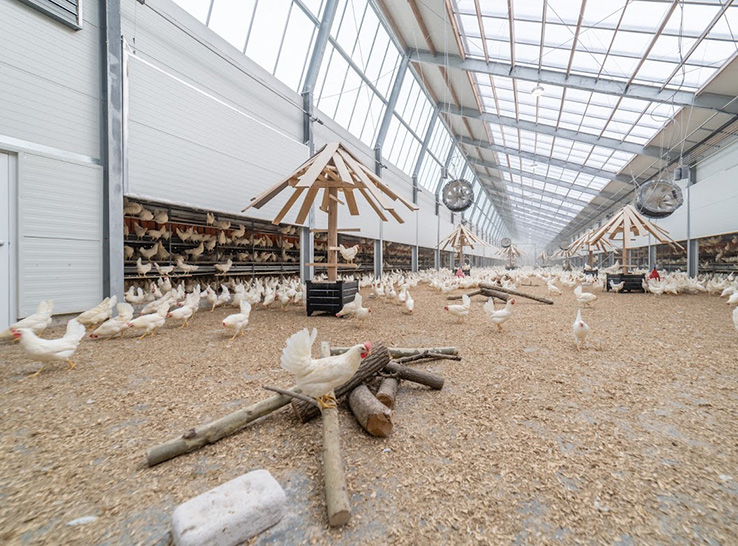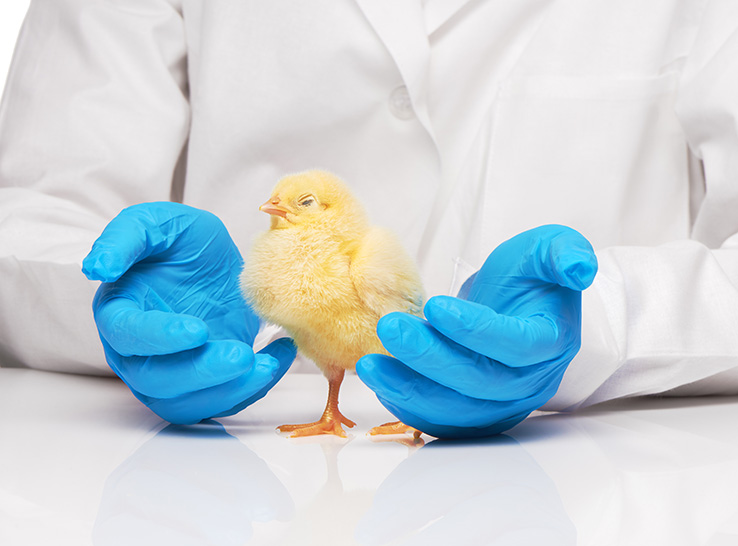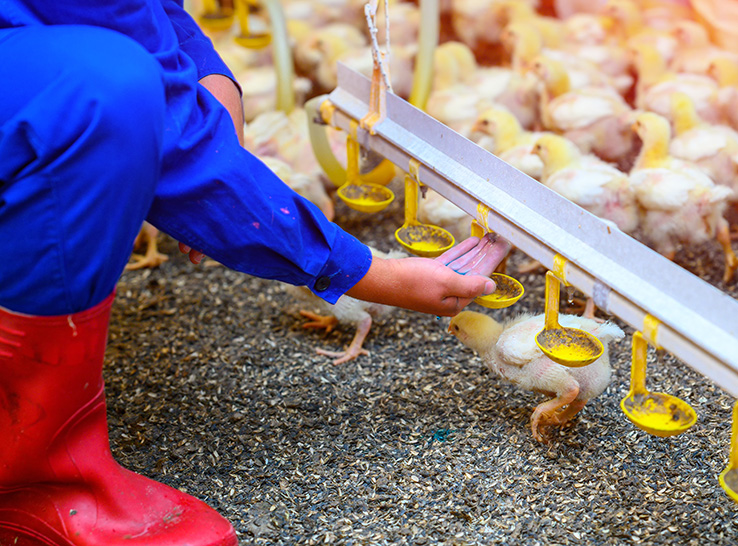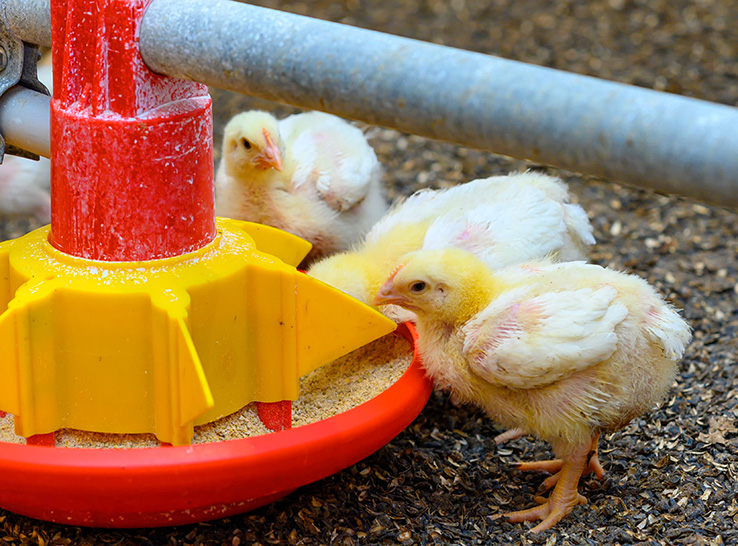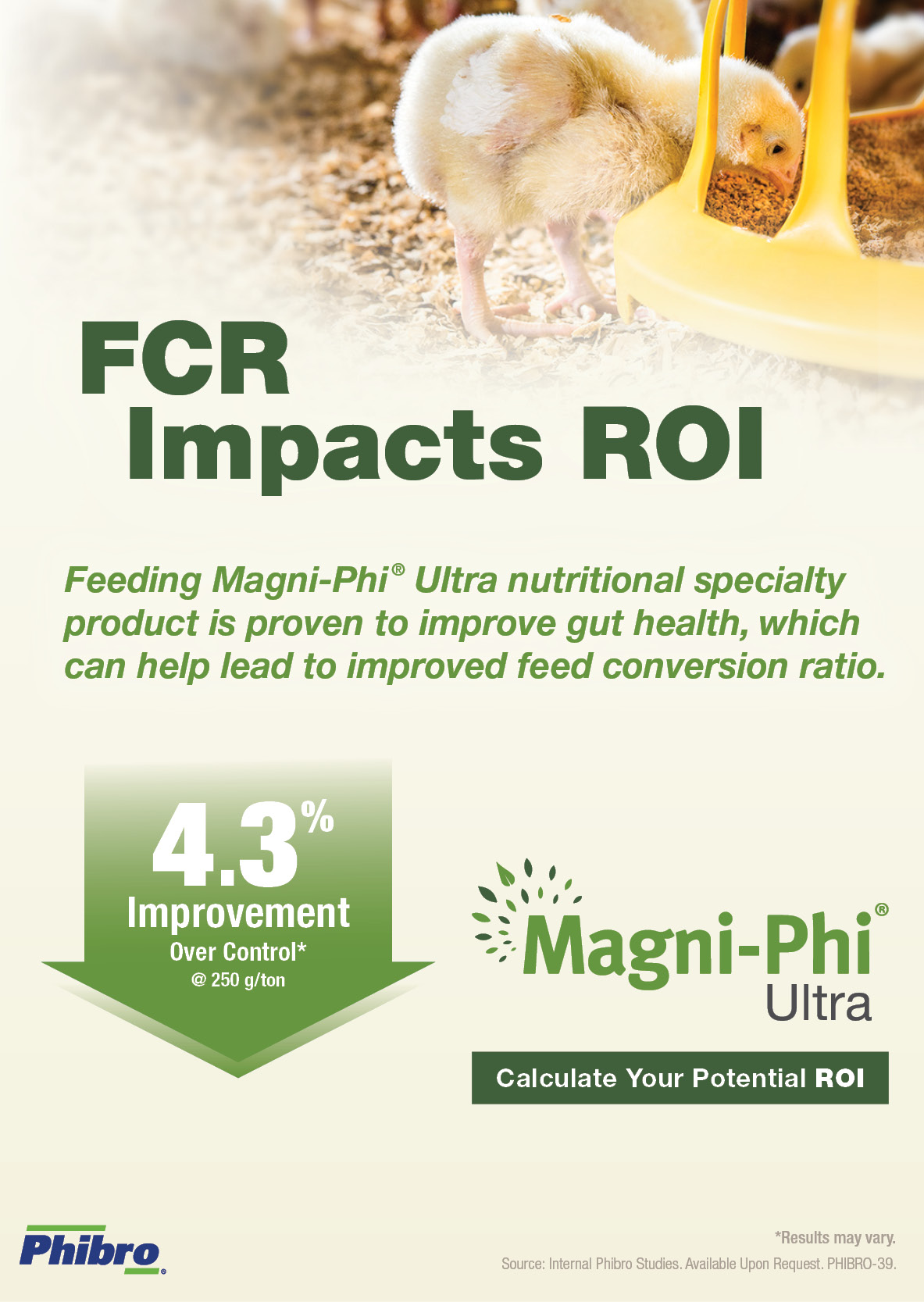Posting sessions are critical to ensure that poultry health programs are on target and yielding good returns.
They have their limitations, however, and can easily fall short if not set up and implemented correctly. Knowing how to interpret data from these sessions is also critical to the success of posting sessions.
Setting specific goals for each session is essential, according to Blair Telg, DVM, a technical services veterinarian for Phibro Animal Health.
“What is the purpose of this posting session?” he asked in a Phibro Academy webinar, “Setup and Interpretation of Posting Sessions for Real-World Decision-Making.”
“We’re usually not trying to diagnose a disease, per se. For the most part, we’re trying to collect some data to get a general evaluation of the current health status of a flock.”
Sampling is also important. Telg recommended selecting birds from 10 to 12 farms at the right age range to get a good representation of the flock’s health status. “What you get out of a posting session is only as good as what you put into it,” he said.
From each house, the veterinarian also recommended posting at least five “healthy, average birds” with no observable lameness or respiratory stress. By the same token, producers shouldn’t “cherry pick” birds, either.
“If the average bird in the house has footpad lesions, then they need to bring in birds with footpad lesions,” he said.
Also consider what products are being used to keep the birds healthy. Because of the wide range of products used by customers – feed additives, phytogenics and vaccines, for example – it’s now more common to organize joint posting sessions where veterinarians for more than supplier are there and looking at birds together.
To access the free 1-hour webinar, click here.
Editor’s note: Content on Modern Poultry’s Industry Insights pages is provided and/or commissioned by our sponsors, who assume full responsibility for its accuracy and compliance.

